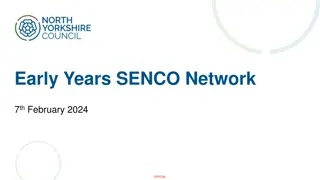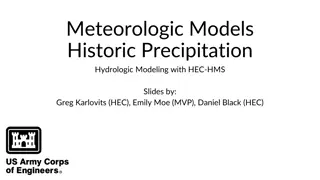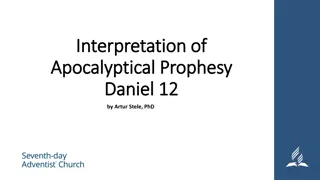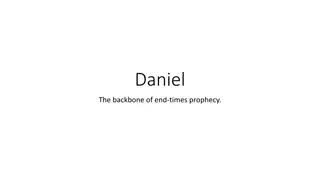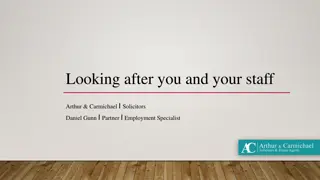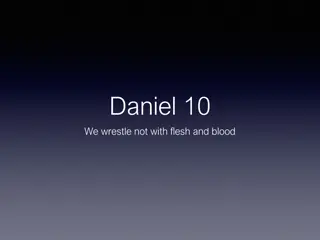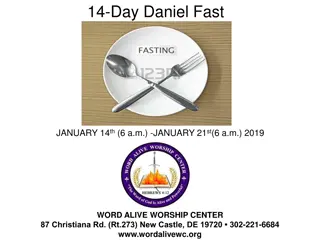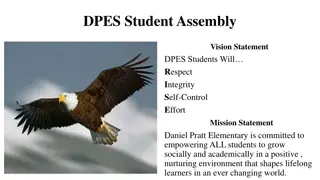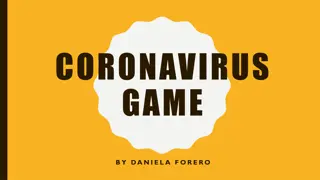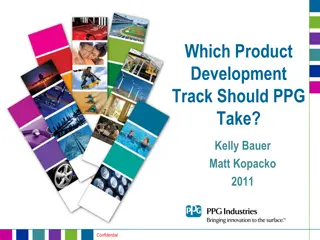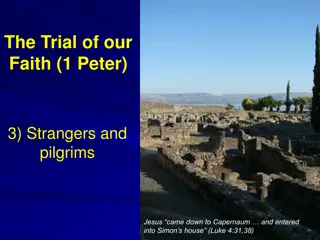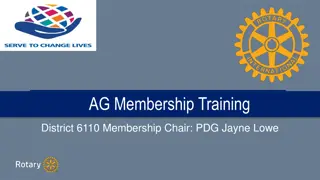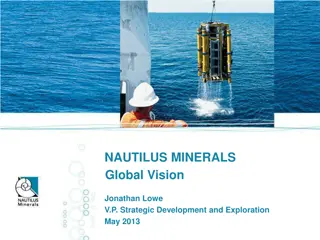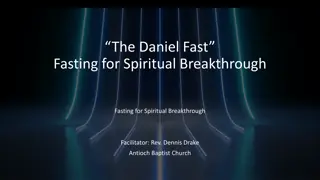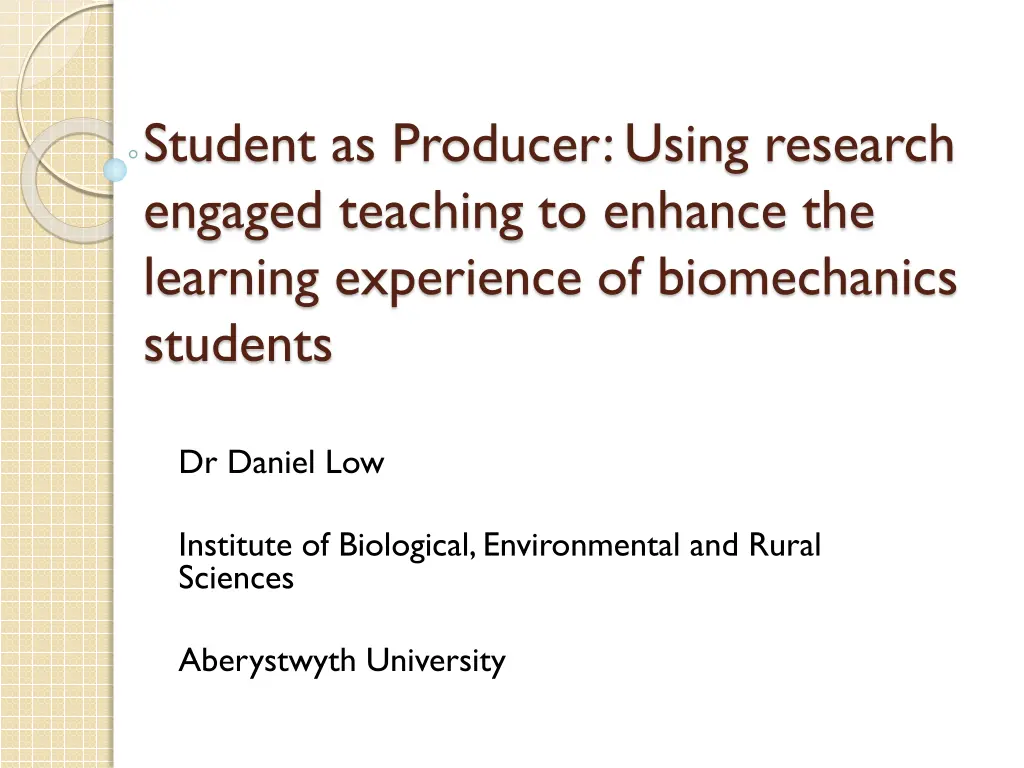
Enhancing Biomechanics Learning Through Research-Engaged Teaching
Explore how research-engaged teaching enhances the learning experience of biomechanics students through the Student as Producer model. This approach aims to address practical skills gaps, promote critical thinking, and foster partnership in academia.
Download Presentation

Please find below an Image/Link to download the presentation.
The content on the website is provided AS IS for your information and personal use only. It may not be sold, licensed, or shared on other websites without obtaining consent from the author. If you encounter any issues during the download, it is possible that the publisher has removed the file from their server.
You are allowed to download the files provided on this website for personal or commercial use, subject to the condition that they are used lawfully. All files are the property of their respective owners.
The content on the website is provided AS IS for your information and personal use only. It may not be sold, licensed, or shared on other websites without obtaining consent from the author.
E N D
Presentation Transcript
Student as Producer: Using research engaged teaching to enhance the learning experience of biomechanics students Dr Daniel Low Institute of Biological, Environmental and Rural Sciences Aberystwyth University
Biomechanics Biomechanics is taught at all levels of the SES degree atAU. https://kalyankrishna4886.files.wordpress.com/2010/11/polar.jpg?w=210h=300 Looks movement. at the mechanics of Is used to look at performance and injury causation. Links clinical assessments. therefore to health and Used in animation
Needs analysis Conversations with undergraduate Sport and Exercise Science students that they lacked some of the practical skills working with real clients. Some difficulty to apply theoretical concepts to real world importance. Maximise engagement and performance in the subject matter. We were also being approached by local Health Care Professionals to help their assessment.
How can this be achieved? http://images.clipartpanda.com/animated-question-mark-for-powerpoint-1256186461796715642question-mark-icon.svg.hi.png
Social learning Theorists such as Bandura have advocated social interaction as a key consideration required for learning to take place. Student as producer is model of learning where students through social learning (Neary, 2010; Neary &Winn,2012). create knowledge
Student as Producer Fundamentally it relates to the core activity of university, research and teaching, and how these concepts interlink (Neary & Winn, 2012). Encourages the transformation of research- informed teaching teaching (Student as Producer, 2012). into research-engaged It is more than the merely the individual learning in a social context, but is where the student works in partnership with the academic and also includes the way in which the social context of the university itself is transformed through progressive pedagogic practice (Neary, 2010).
How does it develop the student? It appeared that the approach did develop: Discussion lead deep learning. Ownership in the learning process. Motivation and autonomy. Reflective practice. Critical thinking.
Partnership and the HEA SAP is in line with the framework for partnership in learning and teaching put forward by the HEA (2014). Partnership is defined as relationship in which all involved are actively engaged in and stand to gain from the process of learning and working together to foster engaged student learning and engaging learning and teaching enhancement. Partnership is essentially a way of doing things, rather than an outcome in itself. All partnership is student engagement, but not all student engagement is partnership (HEA, 2014 p. 2). Student engagement correlates with positive learning experiences and outcomes for students (Levy, 2014).
Employability Employability is more than about developing attributes, techniques or experience just to enable a student to get a job, or to progress within a current career. It is about learning and the emphasis is less on employ and more on ability . In essence, the emphasis is on developing critical, reflective abilities, with a view to empowering and enhancing the learner . (Harvey 2003).
Employability Preparing students to match the changes in society cannot be achieved by direct teaching (Hattie et al., 1996, cited in Black and Wiliam, 1998b). Students learn these things through reflection and metacognitive development (Hattie et al., 1996, cited in Black and Wiliam, 1998b). Requires a relationship between teachers and students in which students are helped to take responsibility for their learning and a view of learning which places learners at the centre of the process (Deakin-Crick et al., 2005).
Therefore. By applying SAP and learning in social setting to a real world experience, knowledge and understanding can be improved. It also allows the development of additional practical skills required for realworld practice leading to improved employability of the student as well as maximising the students degree classification. It also encourages critical and reflective practice. The ability for this approach to learning to work with biomechanical students was not known.
Aims The aims of the project were to use SAP to develop: An interactive work between student, academic, health care professional and client. Apply theoretical concepts to real world settings. Development of an autonomous deep learner. Develop work related and professional skills. Improve perception of Employability.
The students Ten 2nd and 3rd year students. AU Sport and Exercise Science degree. Mixed grade averages across the group. Voluntary involvement (extra-curricular). Analysed the movements of clients with injury identified by a Sports Therapist.
The work Week 1: Mostly observed the procedures, but did gain practical experience on how to work the motion analysis system and also how communicate with the client. http://bmsi.ru/_uf/image/5555(51).gif Practice the testing procedure observed in session one. Week 2: Prepared the clients with the markers needed for the analysis and also supported the measurement of static flexibility measurements. Learnt how to process the data thorough discussion and observation with myself.
The work Week 3 More autonomous; set up the equipment and prepared the client before I collected the data. Explained the details behind the set up. Performed the processing of data. Week 4 Applied their understanding to collect and process all data and used a predefined template . Created some clinical meaning of the data in relation to the injury.
The results- Collaboration Students were able to learn from myself as well as from each other when they were able to discuss the protocol and set up. It was evident that students were more confident as the sessions passed due to the successful application and analysis. Students took ownership in the learning applying their knowledge to something that interested them. Some more basic understanding was needed for the critique of the testing procedures used.
Results On a scale of 1 (completely not ) to 5 (completely so): Students agreed or completely agreed that by the end they felt like a partner in the process and not a student following the lead of the lecturer (average of 4 out of 5). Confidence in performing the assessment on their own (average of 3.75). Interpreting the data with some help (average of 4 out of 5) also scored well.
Results - employability Students felt employment skills, which will be added to their CV (4.75 out of 5). that it enhanced That they felt that it was valuable to get a job (4 out of 5). That it provided practical skills in a real life setting (4.5 out of 5).
Results - Knowledge and understanding Students were able to perform the assessment with confidence and could apply the principles. Students felt that they had improved understanding the procedures for collecting biomechanical data (4 out of 5). That they could interpret the data with some help (4 out of 5).
Results Information generated Health care professionals said that the data was extremely useful in their assessment utilising this for their subsequent intervention. Provided different case example that can now be how used in the formal curriculum (research informed). Learning through fellow students work will motivate these students. Need to continue to develop research engaged opportunity.
Incorporation with curriculum Students were able to show their peers the use of the equipment within formal dissertation and biomechanics practical seminars. Demonstrating deep learning. I hope to transform the formally curriculum through the development of an assessed module. Also development of informal curriculum through the greater similar opportunities.
Results - Opportunities A desire for similar opportunity in other disciplines (average of 4.75 out of 5. Qualitative student feedback showed that students felt that the approach should be. a module alongside the Biomechanical Analysis [SS21120] . teach it as a module . very good . would be nice to have some more sessions like this in other modules because it was a great way to learn . really helpful and [a] positive experience and that they would definitely do it again .
How does it develop the student? It appeared that the approach did develop: Discussion lead deep learning. Ownership in the learning process. Motivation and autonomy. Reflective practice. Critical thinking however this could have been developed further and needed some more basic understanding.
My reflections Worked understanding of the application of the theoretical concepts . really well to develop student Developed excellent communication skills with lecturer and client. Interpreting meaning from the data required more explanation than initially thought. Would benefit from formal lectures or detailed explanation.
Future tasks Continue to set up activities for ownership. Different disciplines. Incorporate findings of the pedagogical approach and of the assessment in the formal curriculum.
Wider influence University strategic plan: Working in partnership. Creating opportunity. Teaching that inspires. Transformation of the formal and informal curriculum by incorporation into a new module and through development of new opportunities.
Aims The progressive approach developed learning and employability as well as the aims set: https://encrypted-tbn1.gstatic.com/images?q=tbn:ANd9GcRv9p2oXOOSayM5NfLCbV8rp8TWHgUR-j0TBUhiqiMt-OhKgjD5ldbeukk Interactive work between student, academic, health care professional and client https://encrypted-tbn1.gstatic.com/images?q=tbn:ANd9GcRv9p2oXOOSayM5NfLCbV8rp8TWHgUR-j0TBUhiqiMt-OhKgjD5ldbeukk Apply theoretical concepts to real world settings https://encrypted-tbn1.gstatic.com/images?q=tbn:ANd9GcRv9p2oXOOSayM5NfLCbV8rp8TWHgUR-j0TBUhiqiMt-OhKgjD5ldbeukk Development of an autonomous deep learner https://encrypted-tbn1.gstatic.com/images?q=tbn:ANd9GcRv9p2oXOOSayM5NfLCbV8rp8TWHgUR-j0TBUhiqiMt-OhKgjD5ldbeukk Develop work related and professional skills Improve perception of employability https://encrypted-tbn1.gstatic.com/images?q=tbn:ANd9GcRv9p2oXOOSayM5NfLCbV8rp8TWHgUR-j0TBUhiqiMt-OhKgjD5ldbeukk

